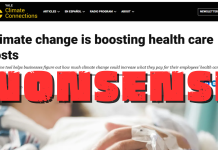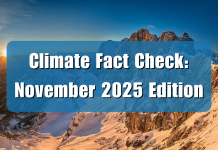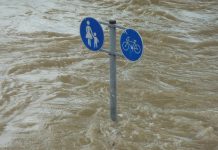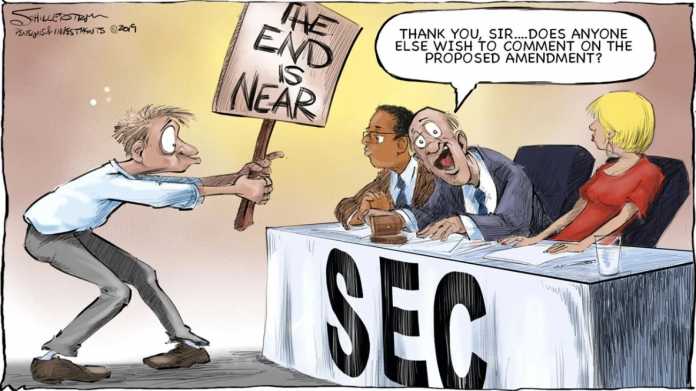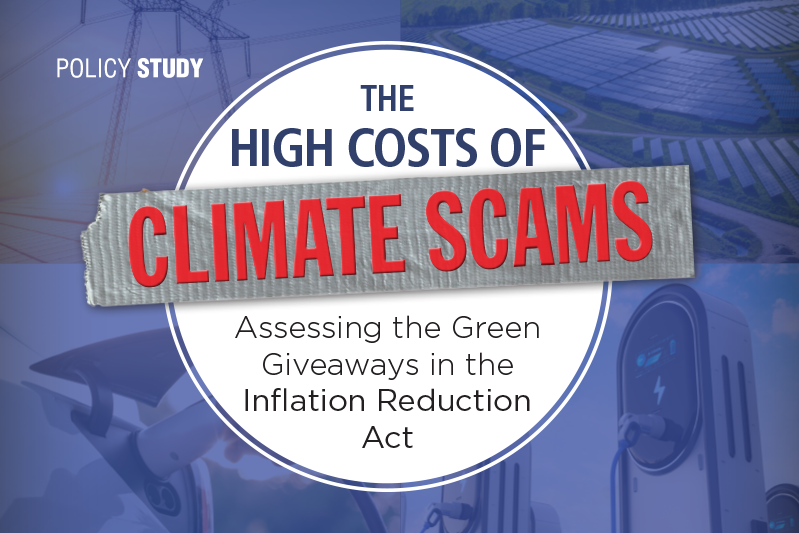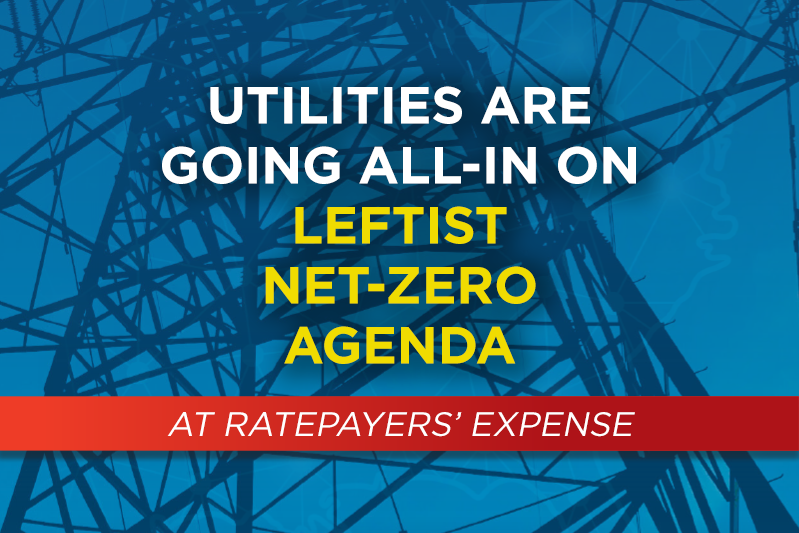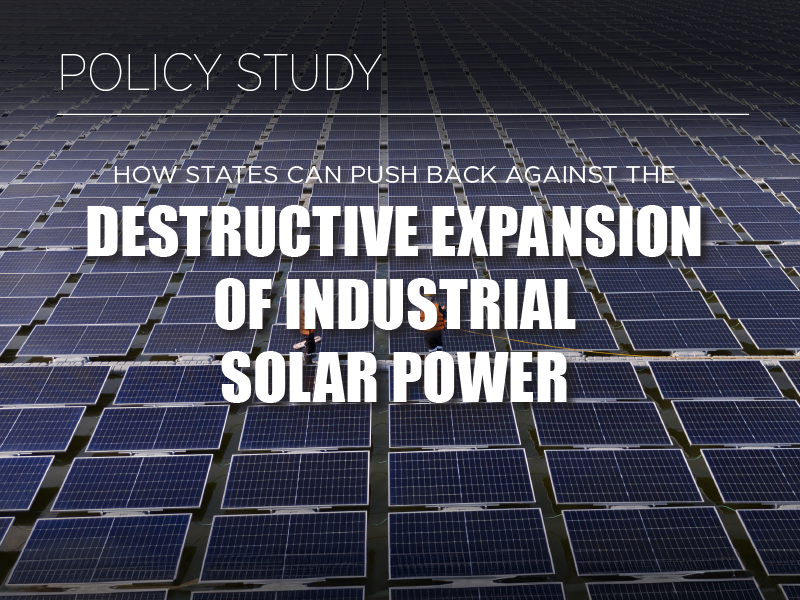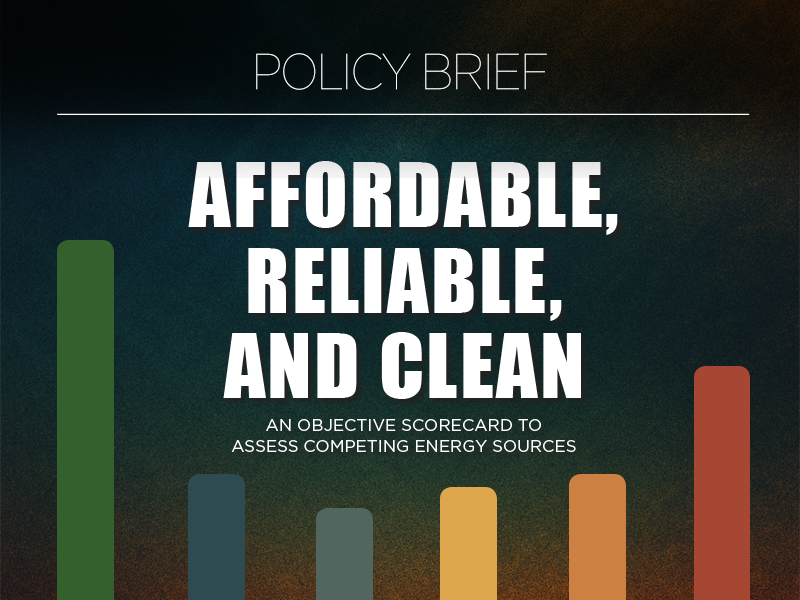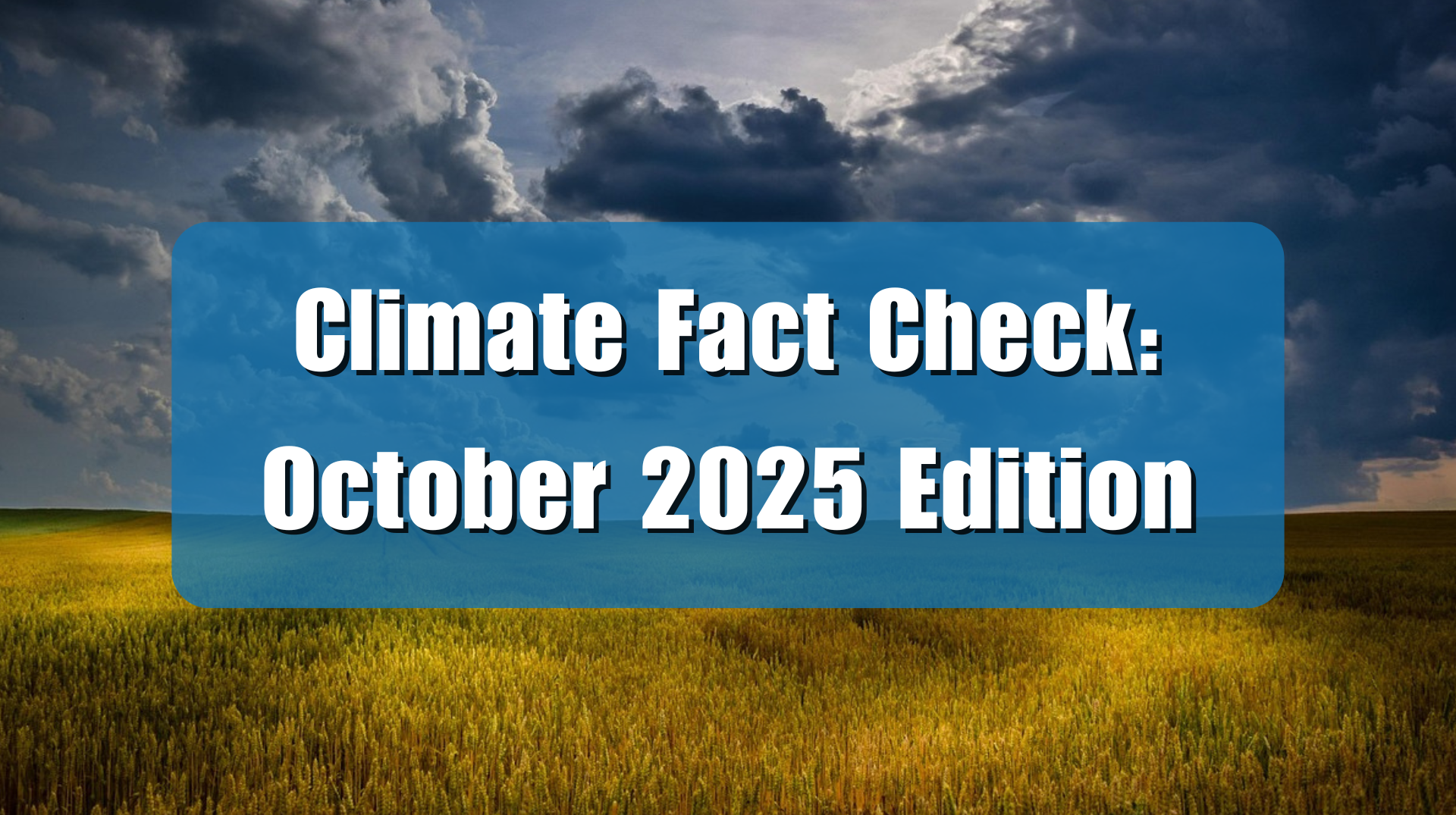Guest essay by Andy May
This is the full uncut version of the op-ed I wrote for the Washington Examiner, here.
On March 22, 2022, the Securities and Exchange Commission (SEC) released a new rule for public comment (File Number S7-10-22) that would require public companies to report the climate-related impact of their businesses. Since it has been well established in multiple IPCC reports that the human impact on climate has never been observed, only modeled, this seems unnecessary. The climate models, used by the IPCC and NOAA to “compute” the human impact on climate have already been invalidated by Dr. Ross McKitrick and Dr. John Christy in their well-known Earth and Space Science peer-reviewed paper. McKitrick and Christy’s previous 2018 paper is cited numerous times in the latest IPCC report (AR6), and the report acknowledges that their paper is correct on page 3-24, where they also admit that one likely reason is the models are overestimating the sensitivity of the climate to CO2. They also admit on the same page that the models are overestimating warming relative to observations in both the atmosphere and the oceans. Page 10 of the SEC proposed rule states:
“In particular, the impact of climate-related risks on both individual businesses and the financial system as a whole are well documented.10”
SEC: File Number S7-10-22
Footnote 10: “In 2020 alone, a record 22 separate climate-related disasters with at least $1 billion in damages struck across the United States, surpassing the previous annual highs of 16 such events set in 2011 and 2017. See NOAA, National Center for Environmental Information, Billion Dollar Weather and Climate Disasters: Summary Stats (3rd Quarter release 2021), available at https://www.ncdc.noaa.gov/billions/summary-stats/US/2020. In 2021, the United States experienced 20 separate billion-dollar climate-related disasters. See NOAA, U.S. saw its 4th warmest year on record, fueled by a record-warm December (Jan. 10, 2022), available at https://www.noaa.gov/news/us-saw-its-4th-warmest-year-on-record-fueled-by-record-warm-december.”
SEC: File Number S7-10-22
While “climate-related” risks do exist, as they always have, it is well documented that they are decreasing with time, both in terms of frequency, financial impact, and severity. Figure 1 is a plot of the number of climate related disasters from 2000 through 2019 from EM-DAT.

Figure 1 shows the global number of climate-related disasters have been decreasing for the past 20 years. The database goes further back in time, but reliable reporting of disasters did not start until 2000, according to Regina Below and Prof. D.Guha-Sapir of EM-DAT. The decrease is logical since summers and days are warming at a lower rate than winters and nights. The tropics are hardly warming at all while the North Polar region[1] is warming quite a lot. Thus, the climate is becoming milder as it warms, with fewer extremes and therefore, fewer severe storms.
Climate is usually defined as a change in average weather over a period of 30 years or more. The footnote above specifies “climate-related disasters” that have $1 billion in damages in 2020 and notes they surpass previous highs from nine years before and three years before. The value of one billion dollars is corrected for the consumer price index (CPI) but not corrected for population or GDP. All the cited years are within one climate period of 30 years; thus they are considering weather events, not climate. It is well established that weather damages, as a percentage of GDP, are declining over climate periods of time. Figure 2, from Professor Roger Pielke Jr. shows the recent trend in disasters as a percent of GDP. Further, climate related deaths are also declining, as shown in Figure 3.


Conclusions
The SEC document claims that: “the impact of climate-related risks on both individual businesses and the financial system as a whole are well documented.” This does not seem to be the case. Recent research by Professor Roger Pielke Jr., Dr. Bjorn Lomborg, and data from the EM-DAT disaster database all show the impact of climate change, whether of natural or human origin, is declining.
The costs in the NOAA “Summary Stats” document are adjusted for the consumer price index, but they are not adjusted for population or GDP, and these are critical factors. The document they cite about the 4th warmest year on record, critically does not document why warming since the 20th century is a bad thing. There were many very cold and deadly years in the 20th century and cold kills many more people than heat. The coldest years in the U.S. were 1985, 1899, 1977, and 1983. In the U.K. 1963, 1947, 1940 and 1979 stand out. Our current climate is much nicer.
Particularly, when considering the horrible suffering of people in the Northern Hemisphere during the Little Ice Age, due to cold and drought, one should not assume that a warmer climate is worse than a colder one. The Little Ice Age is now considered the “preindustrial period,” which the IPCC normally defines as 1850-1900, although sometimes they define it as 1750 to 1900[2]. The end of the Little Ice Age is normally taken as 1850. It was far from an ideal climate and during its colder periods, glaciers advanced in the Alps and destroyed entire towns. It was a time of perpetual war, famines, and plagues. Horrible persecutions of Jews and “witches” were common.
Society was suffering from the cold and lack of food, and they needed to blame someone. They chose Jews and older unmarried women unfortunately. Over 50,000 witches were burned alive. Tens of thousands of Jews were massacred. Not because there was any proof, just because someone had to suffer for the bad climate. Some people, the masses mainly, seemed to need to blame someone or humanity’s sins for natural disasters. Behringer notes that in the Little Ice Age: “In a society with no concept of the accidental, there was a tendency to personalize misfortune.” We should not make the mistake of blaming humans or human “sins” for natural disasters. Clear proof is needed first that human actions are significantly contributing to climate change. Such proof does not exist, the claim comes from computer models that have now been falsified.
It seems the SEC is accepting the politically correct dogma that warmer is bad, without demanding evidence that it is. This is no way to make policy.
Download the bibliography here.


